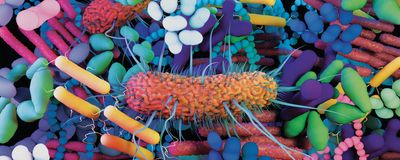Features
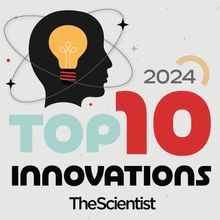
2024 Top 10 Innovations
The Scientist Staff | Dec 13, 2024 | 10+ min read
The latest group of winning technologies has a little something for everyone—from scientists at the lab bench to those in the clinic and even the classroom.

Detection or Deception: The Double-Edged Sword of AI in Research Misconduct
Danielle Gerhard, PhD | Dec 13, 2024 | 10+ min read
New artificial intelligence tools help scientists fight back against a rising tide of research misconduct, but is it enough?
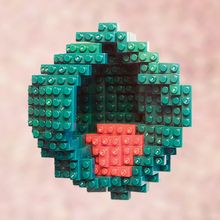
Stem Cell-Based Embryo Models Add a Dimension to Developmental Biology
Shelby Bradford, PhD | Sep 13, 2024 | 10+ min read
Studying human embryonic development is complicated for several reasons. Models derived from pluripotent stem cells representing distinct stages offer a path to studying this process.
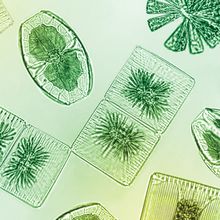
Better Living Through Algae Biotechnology
Hannah Thomasy, PhD | Sep 13, 2024 | 10+ min read
Scientists explore how unicellular aquatic organisms could help humanity exist more sustainably.
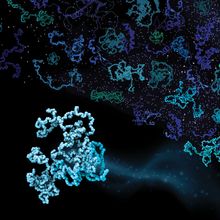
The Dynamic Lives of Intrinsically Disordered Proteins
Danielle Gerhard, PhD | Sep 13, 2024 | 10+ min read
Shapeshifting proteins challenge a long-standing maxim in biology.
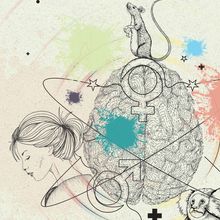
XX Marks the Spot: Addressing Sex Bias in Neuroscience
Laura Tran, PhD | Sep 13, 2024 | 10+ min read
For years, neuroscience research overlooked female subjects, creating a significant bias. Today, researchers actively rebalance the scales with more inclusive and diverse studies.
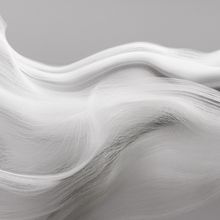
Synthetic Biology is in Fashion
Meenakshi Prabhune, PhD | Jun 14, 2024 | 10+ min read
Scientists are pulling on the protein threads that bind textiles and cosmetics together.
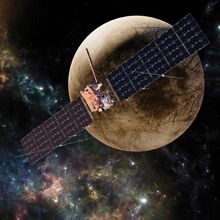
Europa Clipper Searches for Life's Simple Necessities Beyond the Asteroid Belt
Shelby Bradford, PhD | Jun 14, 2024 | 10+ min read
NASA's upcoming satellite mission will explore the characteristics of Jupiter's ice-crusted moon. Its data will help scientists assess if the icy body has the potential to host life.
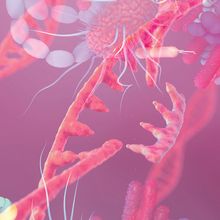
Engineering the Microbiome: CRISPR Leads the Way
Mariella Bodemeier Loayza Careaga, PhD | Mar 15, 2024 | 10+ min read
Scientists have genetically modified isolated microbes for decades. Now, using CRISPR, they intend to target entire microbiomes.
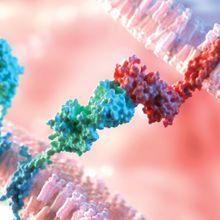
Next-generation CAR and TCR Cancer Therapies
Danielle Gerhard, PhD | Mar 15, 2024 | 10+ min read
From smart receptors to novel biologics, scientists plan to overcome the challenges
of treating solid tumors.
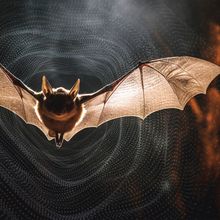
Turning on the Bat Signal
Hannah Thomasy, PhD | Mar 15, 2024 | 10+ min read
Scientists around the world investigate how bat immune systems cope with viral attacks and how this information could be used to keep humans safe.

Downsizing DNA
Aparna Nathan, PhD | Dec 4, 2023 | 10 min read
Some species remove up to 90 percent of their genomes during development, but why or how this happens is still a mystery.
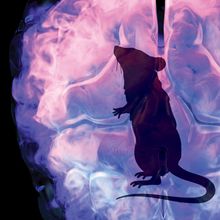
A Story of Mice and FIRE
Niamh McNamara, PhD and Veronique Miron, PhD | Dec 4, 2023 | 9 min read
Studying how microglia control myelin growth and prevent its degeneration helps scientists better understand and address neurodegenerative diseases.
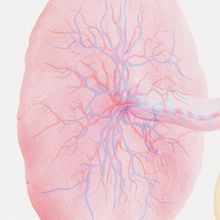
The Ephemeral Life of the Placenta
Danielle Gerhard, PhD | Dec 4, 2023 | 10+ min read
Recent advances in modeling the human placenta, the least understood organ, may inform placental disorders like preeclampsia.
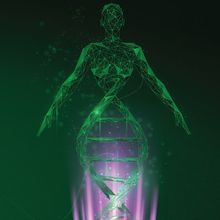
Unraveling the Mystery of Zombie Genes
Iris Kulbatski, PhD | Oct 31, 2023 | 6 min read
Digging into how and why some genes are resurrected after death sounds morbid, but it has practical applications.
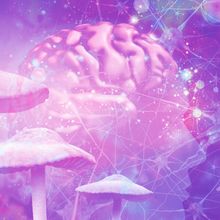
Natural High: Endogenous Psychedelics in the Gut and Brain
Iris Kulbatski, PhD | Sep 8, 2023 | 8 min read
Psychedelics are evolutionarily ancient compounds produced by fungi, plants, and microbes. Humans also synthesize psychedelics. Researchers want to know how and why.
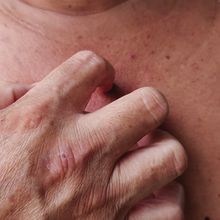
A Chronic Itch: Burrowing Beneath the Skin
Brian S. Kim, MD | Sep 8, 2023 | 9 min read
We have barely scratched the surface of itch science and what it indicates about our health.

What Can ChatGPT-like Language Models Tell Us About the Brain?
Natalia Mesa, PhD | Sep 8, 2023 | 8 min read
A renaissance in natural language modeling may help researchers explore how the brain extracts and organizes meaning.
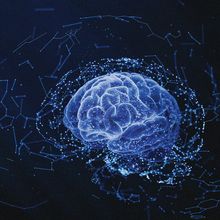
Defying Dogma: Decentralized Translation in Neurons
Danielle Gerhard, PhD | Sep 8, 2023 | 10+ min read
To understand how memories are formed and maintained, neuroscientists travel far beyond the cell body in search of answers.
